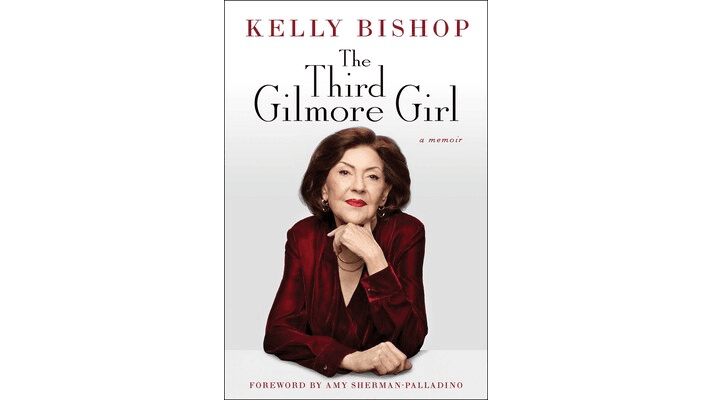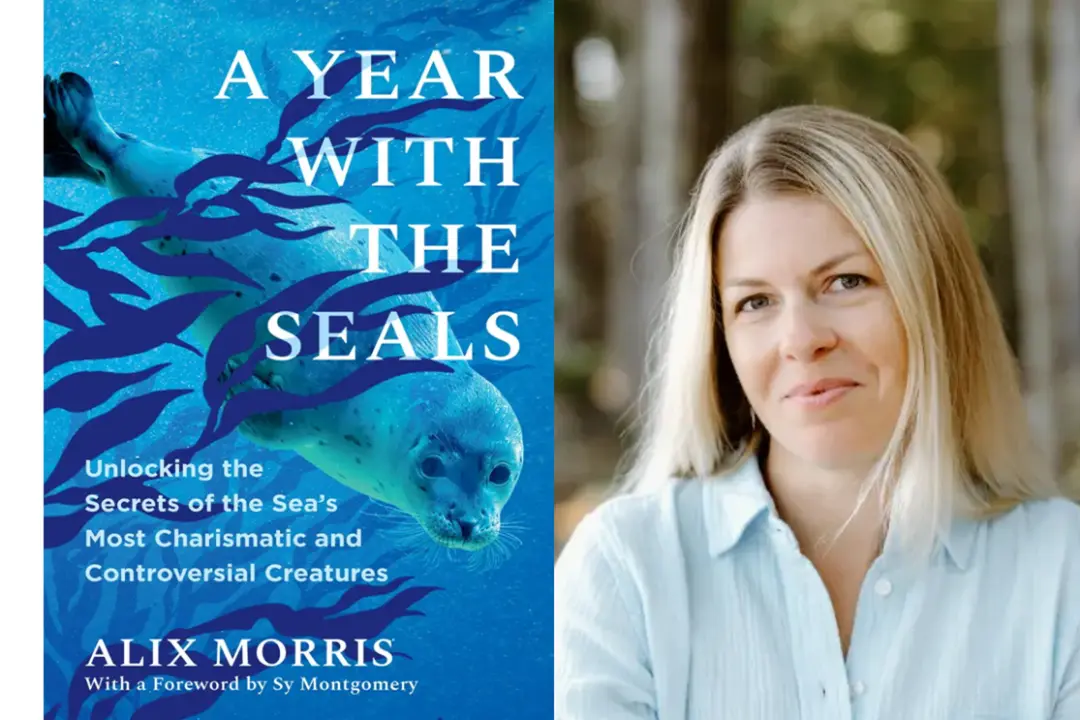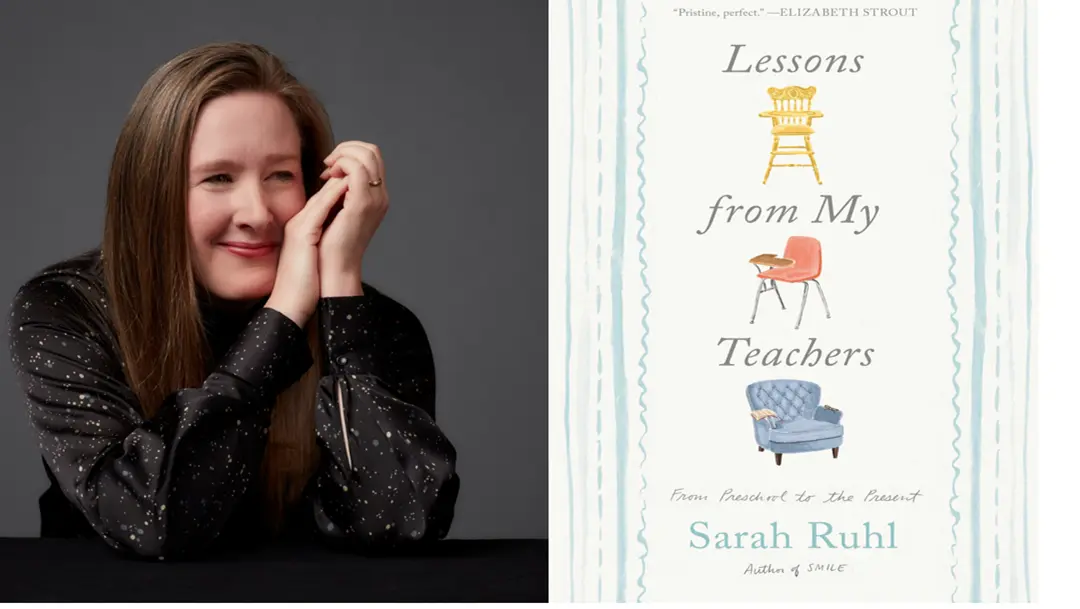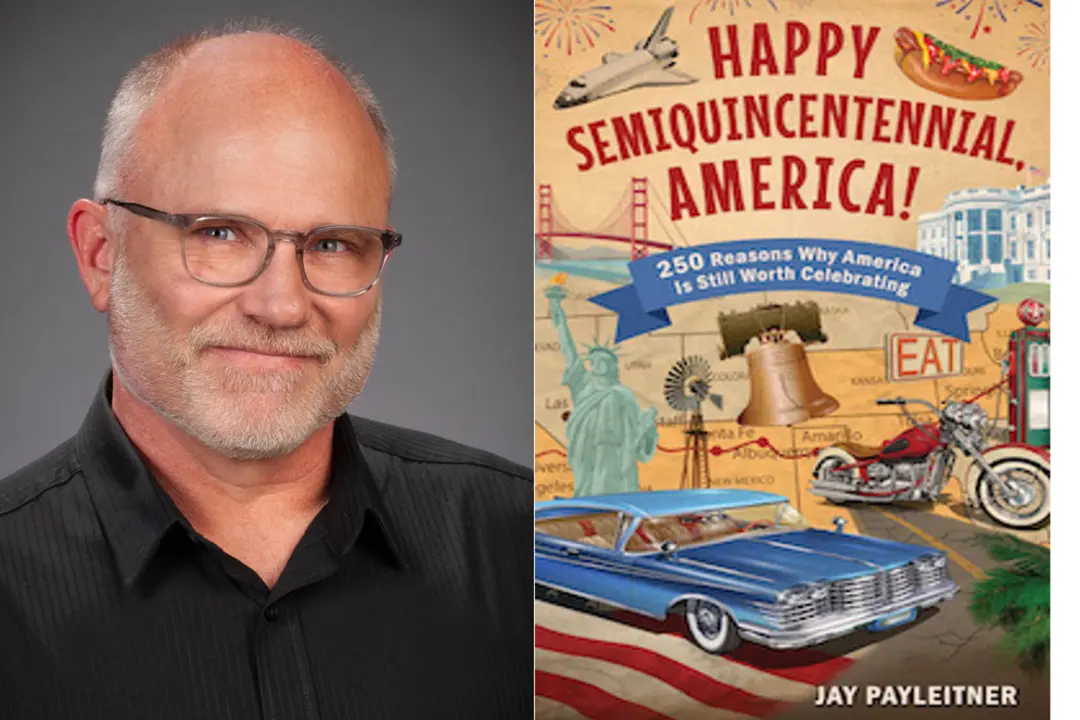Kelly Bishop grew up as Carole Bishop, and it wasn’t until right before the Tony Awards, when she won Best Featured Actress in a Musical for her role in “A Chorus Line,” that she made the decision to change her first name to Kelly. Her fellow performers in the classic Michael Bennett Broadway show gave each other nicknames, and Kelly was hers. There was already a Carole Bishop in the Screen Actors Guild roster, so when she won the award, her new name was announced. So began the rise of Kelly Bishop who would go on to more roles on Broadway, a supporting lead role in “Dirty Dancing,” and then to become the matriarch of the Gilmore family in the beloved series “Gilmore Girls.”
With a career that’s spanned over 50 years, Bishop is sharing all the parts of her life from the early days in Denver, Colorado where she and her older brother Tony, were raised by a mother she adored, and a father she describes as “a mean drunk.” It wasn’t an easy road from the Mountain West to Broadway, then to Hollywood and television, but she’s looking back in her new memoir, appropriately titled, “The Third Gilmore Girl.”





